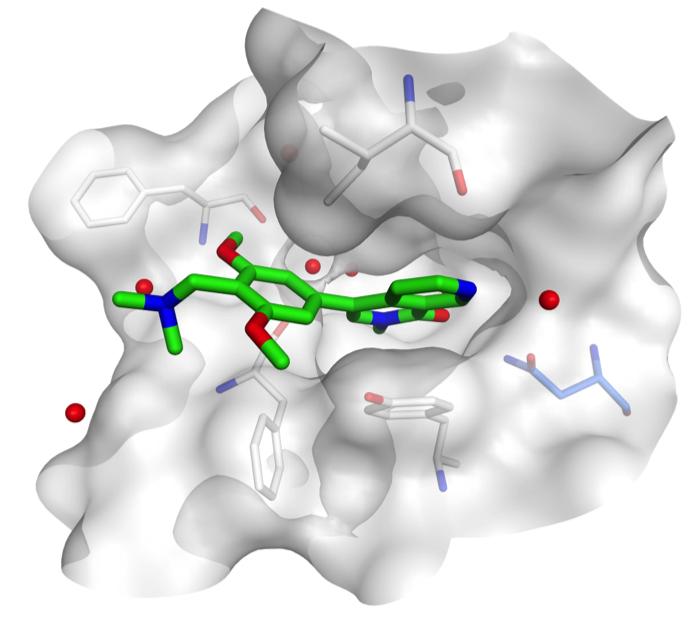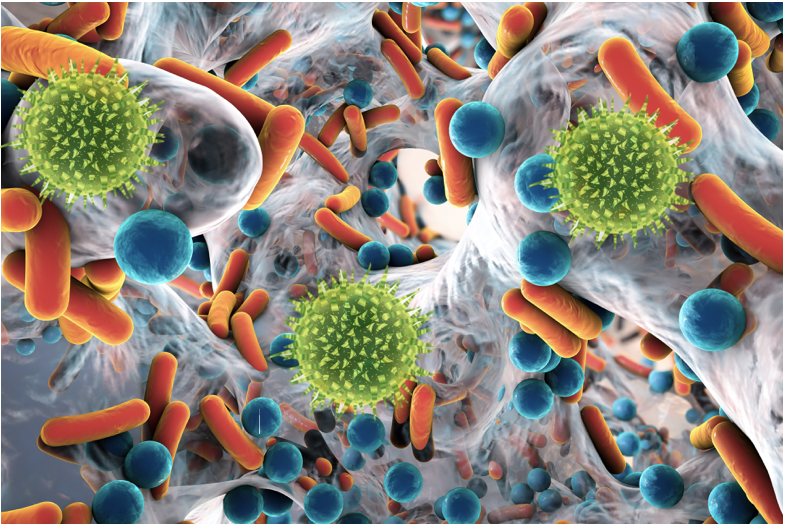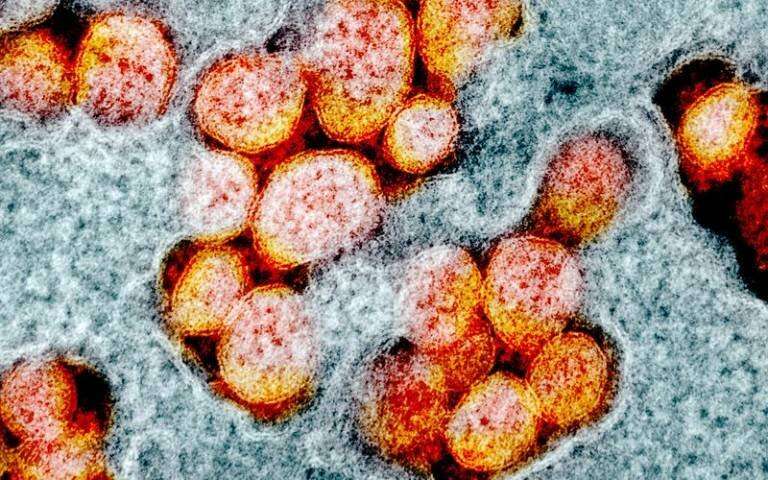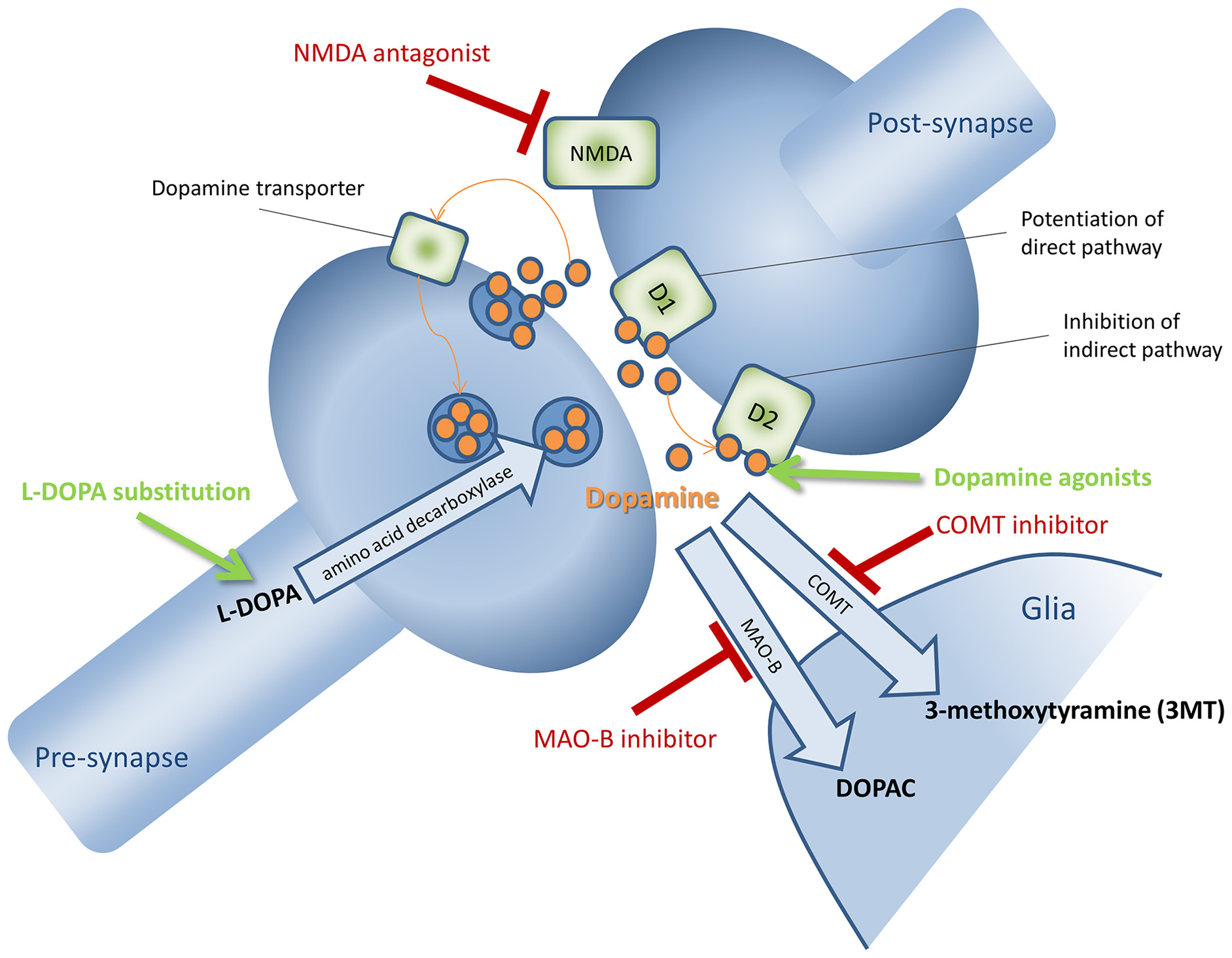

THERAmolecular's
Research Agenda for 2024...
 |  THERAmolecular's Research Agenda for 2024... |
| HOME | MISSION | RESEARCH | PUBLICATIONS | PEOPLE | DRUG-PORTAL | CONTACT US |
|
 Technology: During the past decade, major advances have occurred in computational modeling and simulation of
drug properties and behaviors, especially with respect to how drugs interact (“dock”)
with and inactivate (antagonist) or promote (agonist) specific “target” proteins (often called “receptors”) in
the body that regulate a host of disease conditions. A good
example of such protein targets are biotoxins (e.g.,
neurotoxins and
proteolytic enzymes) produced by the “pit viper” family of snakes
(e.g.,
rattlesnakes, cobras, copperheads, etc.). While the basic concepts
behind CADD are easy to understand, the technology to
implement those concepts are complex; and it
requires cutting-edge software, as well as specialized computer
hardware and
algorithms to achieve success. Technology: During the past decade, major advances have occurred in computational modeling and simulation of
drug properties and behaviors, especially with respect to how drugs interact (“dock”)
with and inactivate (antagonist) or promote (agonist) specific “target” proteins (often called “receptors”) in
the body that regulate a host of disease conditions. A good
example of such protein targets are biotoxins (e.g.,
neurotoxins and
proteolytic enzymes) produced by the “pit viper” family of snakes
(e.g.,
rattlesnakes, cobras, copperheads, etc.). While the basic concepts
behind CADD are easy to understand, the technology to
implement those concepts are complex; and it
requires cutting-edge software, as well as specialized computer
hardware and
algorithms to achieve success. Hypertension: Over the past two years, our research has been
primarily directed toward the discovery and optimization of new
anti-hypertension drugs to help individuals suffering from high blood pressure
and heart disease. We have recently demonstrated that some members
of this important category of drugs also inhibit the replication of the
SARs-CoV-2 virus in laboratory (tissue culture) tests. This work is ongoing and
we expect to have to have exciting new results published in the next few months. Hypertension: Over the past two years, our research has been
primarily directed toward the discovery and optimization of new
anti-hypertension drugs to help individuals suffering from high blood pressure
and heart disease. We have recently demonstrated that some members
of this important category of drugs also inhibit the replication of the
SARs-CoV-2 virus in laboratory (tissue culture) tests. This work is ongoing and
we expect to have to have exciting new results published in the next few months. Inhibiting Pathogenic Biofilms with New Antibioics: Such
biofilms are particularly important in the food preparation and packaging
industry, invasive dental procedures (e.g., root canals and implants),
as well as surgical implant devices, including joint replacements. Inhibiting Pathogenic Biofilms with New Antibioics: Such
biofilms are particularly important in the food preparation and packaging
industry, invasive dental procedures (e.g., root canals and implants),
as well as surgical implant devices, including joint replacements. Inactivating Biotoxins: While
the number of people who die each year in the US is limited due to the wide
availability of snake venom antisera, globally (primarily in the tropics) there
are more than 138,000 deaths annually from snake bites. THERAmolecular is
actively seeking novel and inexpensive drugs that can be taken orally immediately
following envenomation. View our Conference Presentation HERE. Inactivating Biotoxins: While
the number of people who die each year in the US is limited due to the wide
availability of snake venom antisera, globally (primarily in the tropics) there
are more than 138,000 deaths annually from snake bites. THERAmolecular is
actively seeking novel and inexpensive drugs that can be taken orally immediately
following envenomation. View our Conference Presentation HERE.  Anti-Viral Drugs: The
current pandemic has taught us that we need to remain vigilant and prepared to
protect humanity from future and possibly more serious global viral outbreaks. Since
the Spring of 2020, our research team has been deeply engaged in the search for
new anti-viral drugs to combat the SARs-CoV-2 virus; and this work is
continuing to this day. With this in mind THERAmolecular is
expanding our search for more universal anti-viral drug therapies that will be
safe, affordable and effective. Anti-Viral Drugs: The
current pandemic has taught us that we need to remain vigilant and prepared to
protect humanity from future and possibly more serious global viral outbreaks. Since
the Spring of 2020, our research team has been deeply engaged in the search for
new anti-viral drugs to combat the SARs-CoV-2 virus; and this work is
continuing to this day. With this in mind THERAmolecular is
expanding our search for more universal anti-viral drug therapies that will be
safe, affordable and effective.
Parkinson’s
is a member of the so-called “Lewy Body diseases”, also referred to as a “synucleinopathy”
because it is characterized by deposits of α-synuclein protein in the brain. The
synucleinopathies comprise dementia with Lewy bodies and progressive multiple
system atrophy, however, rare genetic forms of Parkinson's do not exhibit
alpha-synuclein aggregation. PD is the second most common neurodegenerative disorder affecting seven million people globally. It is currently the fastest growing neurodegenerative disease in both prevalence and death. PD is more common in the elderly with rates rising from ~1% in those over 60 to 4% over 80. The number of new diagnoses per year of PD is between 8–18 per 100,000.  PD is
associated with cell death in the basal ganglia, with up to 70% of the
dopaminergic (dopamine-secreting) neurons in the substantia nigra pars compacta
(SNPC) being destroyed by the end of life. At a cellular and molecular levels,
PD is characterized by Lewy-Body (LB) accumulation resulting from mis-folding
and aggregation of α-synuclein. LB is cytotoxic and results in neuronal damage
and eventually cell death. PD originates in the medulla and the olfactory bulb,
subsequently migrating to the SNPC and the rest of the midbrain/basal
forebrain. Motor symptoms are triggered when the disease begins to affect the SNPC. PD is
associated with cell death in the basal ganglia, with up to 70% of the
dopaminergic (dopamine-secreting) neurons in the substantia nigra pars compacta
(SNPC) being destroyed by the end of life. At a cellular and molecular levels,
PD is characterized by Lewy-Body (LB) accumulation resulting from mis-folding
and aggregation of α-synuclein. LB is cytotoxic and results in neuronal damage
and eventually cell death. PD originates in the medulla and the olfactory bulb,
subsequently migrating to the SNPC and the rest of the midbrain/basal
forebrain. Motor symptoms are triggered when the disease begins to affect the SNPC.While there are several drugs to slow the progression of PD, there remains no cure. Our research is currently focused on the design and optimization of small-molecule drugs that can cross the blood-brain barrier (BBB) and inhibit the enzyme monoamine oxidase-b (MAOB), which degrades the neurotransmitter L-dopamine. Inhibition of this enzyme increases brain and peripheral system dopamine levels, thereby stimulating and maintaining neurologic function and suppressing cognitive and physical decline. As of this writing, THERAmolecular has identified a novel class of MAOB inhibitors that exhibit superior binding to the catalytic domain of MAOB, suggesting they may perform better than MAOB drugs currently marketed, including safinamide, selegiline and rasagiline, which have significant side effects. As we pursue this line of research we will seek to re-design and optimize drug specificity and effectiveness while minimizing side effects. **PD Images Borrowed From: Wolfgang Oertel,
Jörg B. Schulz. 2016. Current and experimental treatments of Parkinson disease:
A guide for neuroscientists. JOURNAL OF NEUROCHEMISTRY | 2016 | 139 (Suppl. 1)
| 325–337 |
| HOME | MISSION | RESEARCH | PUBLICATIONS | PEOPLE | DRUG-PORTAL | CONTACT US |
 |
 
|